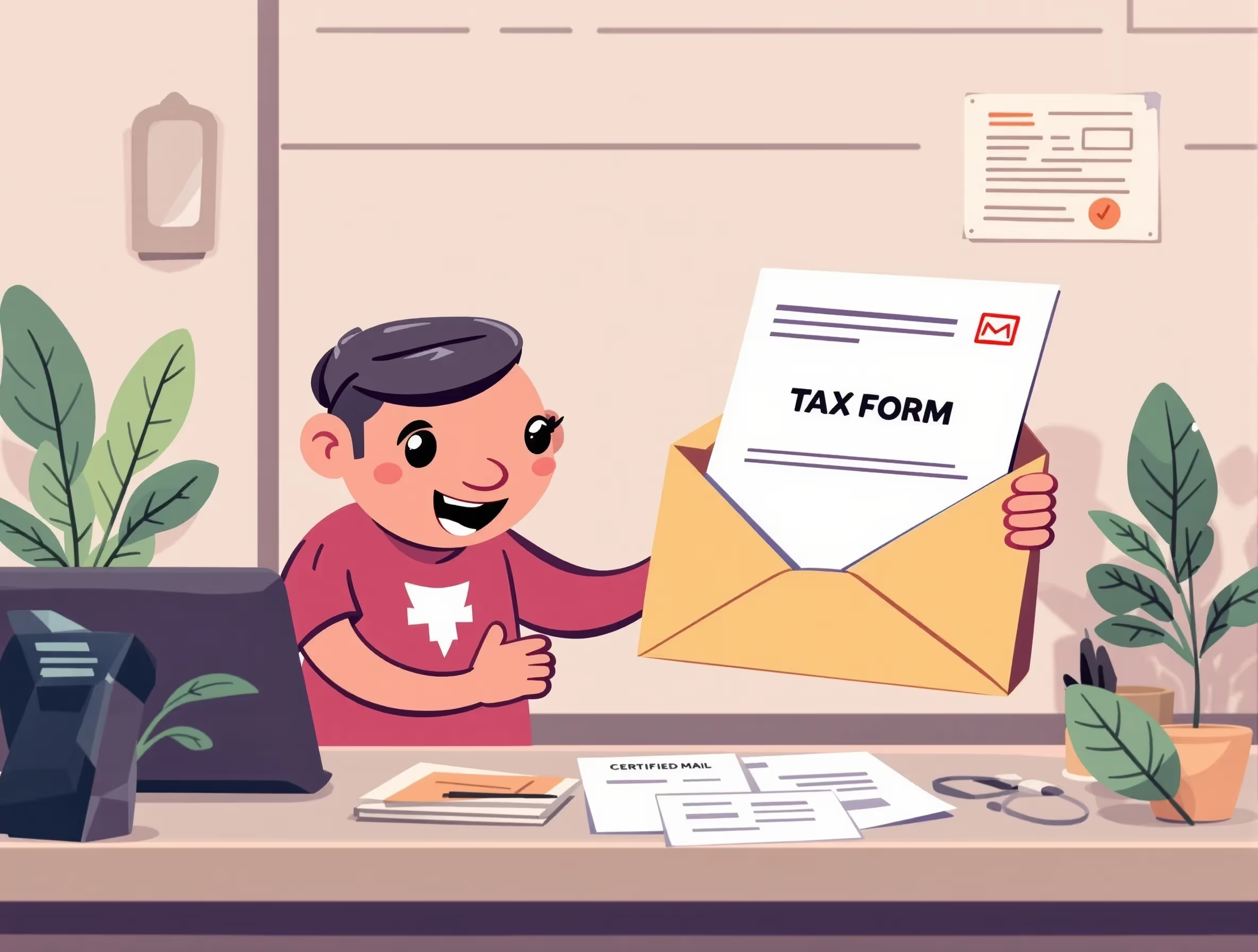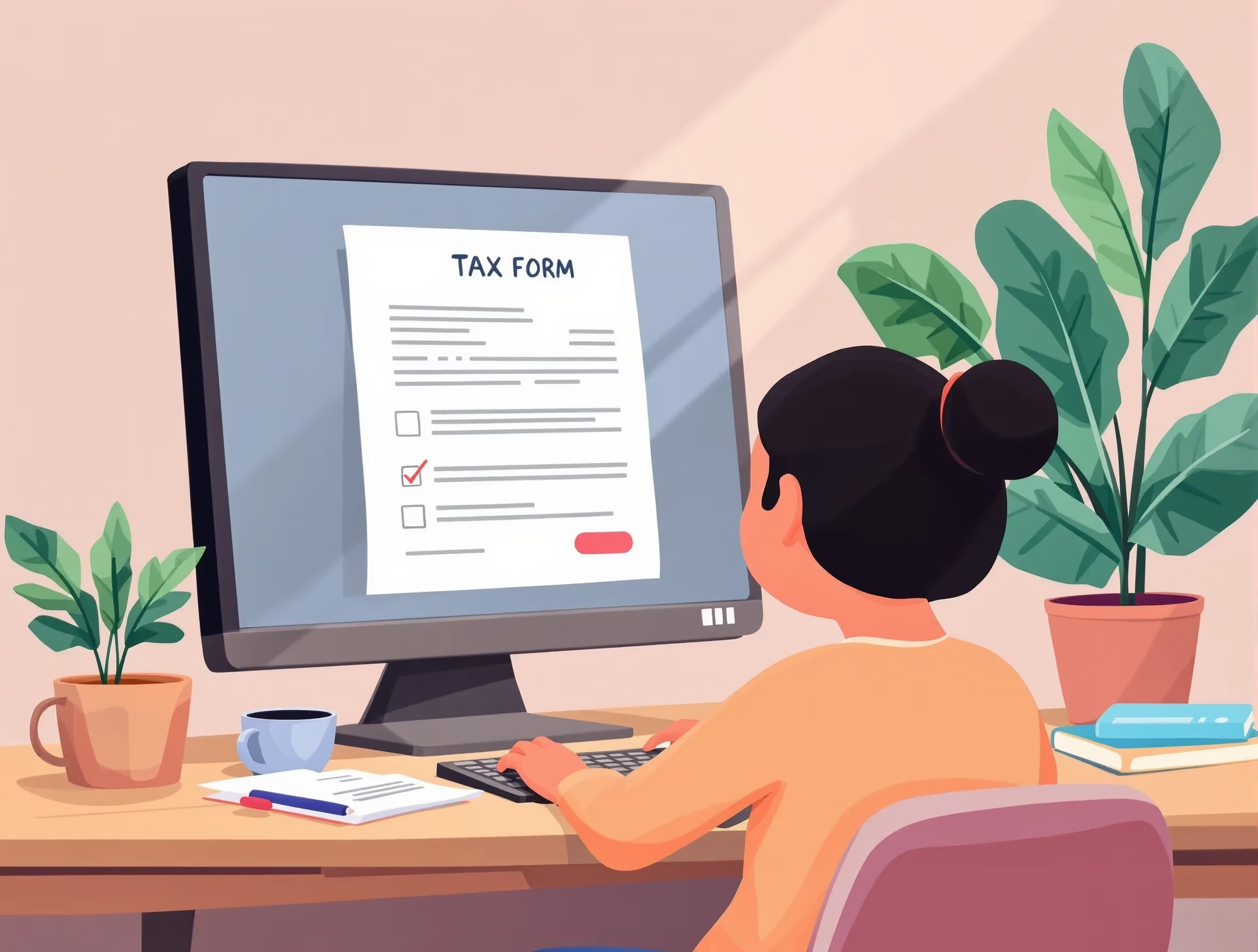
What Form 8886 (2021) Is For
The Form 8886 (2021) helps taxpayers disclose participation in transactions identified by the Internal Revenue Service as reportable transactions. These include tax shelters, confidential transactions, and arrangements that provide contractual protection related to potential tax avoidance transactions. The form enables the IRS to assess tax benefits and verify that activities comply with income tax regulations and the Internal Revenue Code.
Filing Form 8886 is a crucial step in the IRS tax shelter analysis process, which is managed by the Office of Tax Shelter Analysis (OTSA). This disclosure enables the IRS to identify abusive arrangements and discourage participation in potentially abusive tax shelters. Complete and accurate filing strengthens taxpayer compliance and promotes fair reporting practices.
When You’d Use Form 8886 (2021)
Taxpayers must file Form 8886 when they participate in any reportable transaction involving potential tax avoidance or abusive transactions. The form applies to individuals, corporations, and other entities that engage in complex financial arrangements generating questionable tax benefits. Filing ensures that the IRS receives a complete disclosure of all reportable transactions for accurate tax shelter analysis.
Situations That Require Filing
The IRS requires filing for listed transactions officially identified as abusive tax shelters in the Internal Revenue Bulletin. Other examples include confidential transactions, contractual protection agreements, syndicated conservation easement transactions, and corporation tax shelter transactions. Full disclosure, including transactions substantially similar to those, ensures accountability and transparency for federal income tax purposes.
Key Rules or Details for 2021
For the 2021 tax year, the Internal Revenue Service identified six major categories of reportable transactions that require disclosure through Form 8886 Reportable Transaction 2021. These include listed transactions, confidential transactions, and those offering contractual protection. The IRS also applies temporary income tax regulations and proposed income tax regulations to evolving categories such as foreign currency, offshore deferred compensation, and intermediary transaction tax shelters.
- Listed Transactions: The IRS classifies these transactions as abusive tax shelters through formal notices published in the Internal Revenue Bulletin.
- Confidential Transactions: These transactions include secrecy clauses and involve advisors who charge high fees for promoting tax shelters.
- Contractual Protection: These arrangements guarantee a full or partial refund of advisory fees if the expected tax benefits are disallowed.
- Loss Transactions: These transactions create artificial financial losses intended to reduce taxable income for federal income tax purposes.
- Partnership Arrangements: These arrangements involve inflated partnership basis transactions or structures designed to defer income recognition.
Step-by-Step (High Level)
Filing Form 8886, Reportable Transaction 2021, involves a straightforward process that helps taxpayers accurately disclose their participation in reportable transactions. Each step ensures compliance with income tax regulations and supports transparent tax shelter analysis. Careful attention to documentation and timing helps maintain accurate records and prevent audit complications.
- Identify Reportable Transactions: Taxpayers review filings to find listed transactions or abusive tax shelters that meet IRS disclosure rules.
- Gather Information: Taxpayers collect details such as gross income, ordinary income, capital outlays, and property or service contracts.
- Complete the Form: The taxpayer lists tax benefits, transaction structure, and any foreign target corporation or partnership.
- Submit to the IRS and OTSA: The taxpayer files Form 8886 with the federal return and sends a copy to the Office of Tax Shelter Analysis.
- Maintain Records and Monitor Updates: The taxpayer keeps all records and checks new Internal Revenue Bulletins for reclassified reportable transactions.
Common Mistakes and How to Avoid Them
When completing the Form 8886 Reportable Transaction 2021, taxpayers often make errors that lead to penalties or rejected filings. Each mistake can be avoided through careful preparation, attention to detail, and consistent documentation. Following proper procedures ensures compliance with income tax regulations and maintains accurate reporting for federal income tax purposes.
- Incomplete Filings: Taxpayers review each section and confirm that all advisors and entities are listed before submission. They ensure no required fields are left blank.
- Vague Descriptions: Taxpayers use precise language to describe each transaction involving distributions or encumbered property. They avoid generic terms that reduce clarity.
- Missed Deadlines: Taxpayers track the 90-day filing window for listed transactions and submit all required copies to the Office of Tax Shelter Analysis on time.
- Ignoring Similar Transactions: Taxpayers identify and consistently report similar arrangements, including partnership interests and abusive Roth IRA transactions.
- Inaccurate Tax Benefit Claims: Taxpayers compare deductions for employment tax benefits or welfare benefit funds with records to maintain accuracy.
Completing these steps prevents costly errors and improves overall filing accuracy. Careful preparation supports transparency and compliance throughout the disclosure process. Consistent verification helps taxpayers maintain trust and avoid unnecessary penalties.
What Happens After You File
Once the Form 8886 Reportable Transaction 2021 is submitted, the Office of Tax Shelter Analysis reviews the disclosure to identify abusive transactions and tax shelters. The IRS examines each form for accuracy, consistency, and completeness to ensure compliance with income tax regulations. Taxpayers must maintain proof of submission, such as fax receipts or mailing confirmations, because the IRS does not issue official acknowledgments of receipt.
Properly disclosing the Form 8886 reportable transaction for 2021 reduces the risk of significant penalties and promotes transparent reporting. The IRS evaluates the taxpayer’s claimed tax benefits and determines if adjustments are necessary under the Internal Revenue Code. Consistent reporting strengthens taxpayer credibility and supports compliance with federal income tax purposes.
Frequently Asked Questions
What Is a Reportable Transaction?
A reportable transaction is a financial arrangement that the IRS identifies as having potential tax avoidance characteristics. These include abusive tax shelters, confidential transactions, and contractual protection agreements that influence federal income tax purposes. Taxpayers use Form 8886 Reportable Transaction 2021 to disclose participation and maintain transparency with the IRS.
Why Does the IRS Require Form 8886?
The IRS requires the reportable transaction disclosure statement to detect tax avoidance transactions and evaluate their impact on tax shelters. It allows the Office of Tax Shelter to analyze patterns in tax benefits and identify potentially abusive transactions. This process supports compliance with income tax regulations and reduces the risk of improper deductions.
Who Must File Form 8886?
Any taxpayer, corporation, or tax-exempt entity that engages in reportable transactions or listed transactions must file Form 8886. Participants in syndicated conservation easement transactions or corporation tax shelter transactions are also required to disclose. Filing ensures that entities that directly or indirectly derive gross income from such activities meet IRS standards.
What Penalties Apply for Failure to File?
Failure to file Form 8886 for a reportable transaction can result in penalties under the Internal Revenue Code. Individuals may face fines up to $10,000 per year, while corporations can owe up to $200,000 per prohibited tax shelter transaction. Accurate and timely filing helps taxpayers avoid additional scrutiny and maintain compliance with temporary income tax regulations.
How Long Should Records Be Kept?
Taxpayers must retain all records, including property or service contracts, partnership documents, and proof of the taxpayer’s tax benefits, for at least seven years. These documents support verification of tax shelters, welfare benefit funds, and other transactions involving distributions. Maintaining proper records ensures that taxpayers can prove compliance during tax shelter analysis or audits.
























